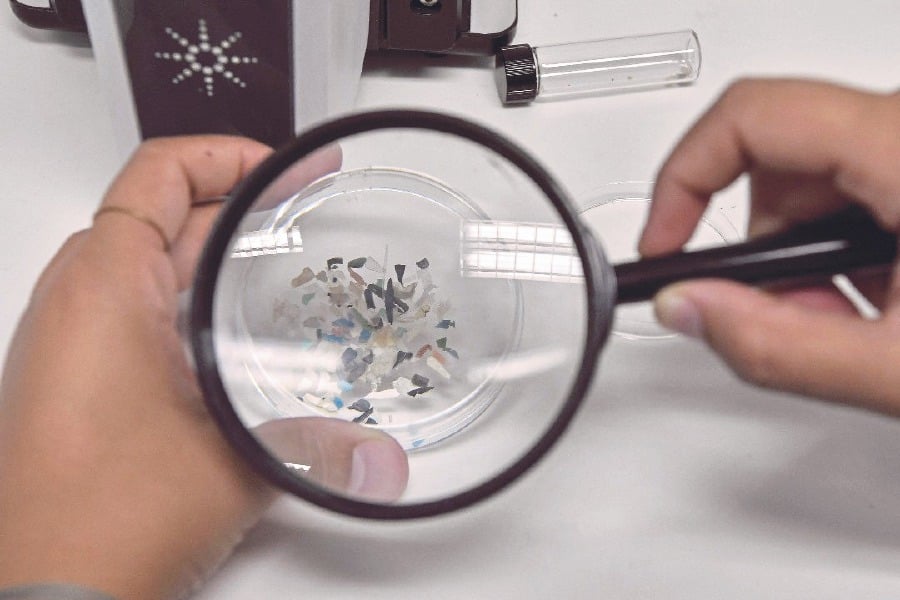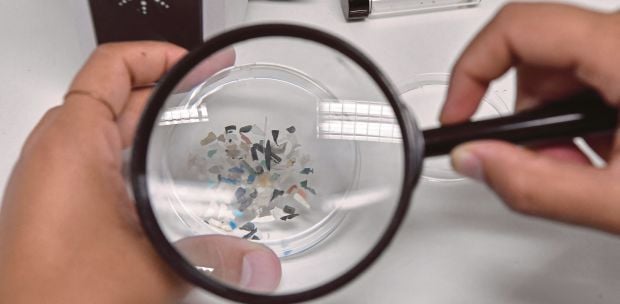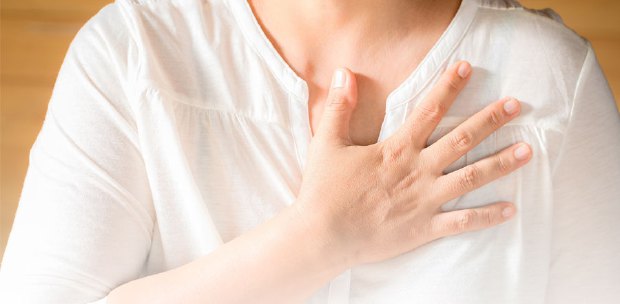LETTERS: We acknowledge the public's concern about microplastic pollution and would like to call for more local studies to be conducted on this issue.
Malaysia is not lacking in microplastic researchers.
The Natural Resources and Environmental Sustainability Ministry has established "Working Group 4: Microplastics" under the Malaysia Plastics Sustainability Roadmap 2021-2023, in which experts from local universities were gathered to obtain their knowledge in resolving microplastic issues.
They conducted studies on samples of Malaysian waters, and we published some of them on the Malaysian Plastics Manufacturers Association website (https://mpma.org.my/sustainability/sustainability-articles).
The local studies have identified synthetic micro-fibres, which can be polyester or nylon, being the most commonly found "microplastic" components in Malaysian waters.
They mostly originate from anthropogenic and fishery activities, such as laundry and wear-and-tear of fishing equipment. Others include micro-rubber from tyres and micro-beads in cosmetics and personal care products.
But there is no data that points to plastic packaging being the source of microplastic pollution.
So, the use of the term "microplastics" can be misleading as it creates an impression that the pollutants originate from plastic products and packaging.
Accurate identification of microplastic sources in Malaysian waters is crucial for a mitigation plan to be drawn up. We are ready to work with various industries to discuss solutions.
A Cornell University study stated that Malaysians mainly ingest microplastics through seafood, but it failed to mention the source of the seafood, either local catch or imported.
Hence, a wholesale fish association in Kuala Lumpur recently called for lab tests to be conducted to verify and determine the microplastic level in local seafood.
And we need to educate people not to indiscriminately dispose of their waste by providing proper waste disposal services.
So we support the association's call and the government's waste management initiatives to boost the implementation of the 3R (reduce, reuse, recycle) and circular economy ecosystem in the country.
Microplastic pollution, specifically micro-fibres and micro-rubber, is an international and transboundary issue.
The World Health Organisation, in a news release in 2019, had called for detailed studies on microplastic pollution, including the development of harmonised standards to measure them, their sources and occurrence, and the efficacy of different processes in removing them.
It is also stated that wastewater treatment can remove more than 90 per cent of microplastics from the water, with the highest quantity obtained from tertiary treatments such as filtration.
This strengthens our call for more localised studies on microplastics and the need for waste management and wastewater treatment systems to address its pollution problem.
MALAYSIAN PETROCHEMICALS ASSOCIATION & MALAYSIAN PLASTICS MANUFACTURERS ASSOCIATION
Kuala Lumpur
The views expressed in this article are the author's own and do not necessarily reflect those of the New Straits Times





